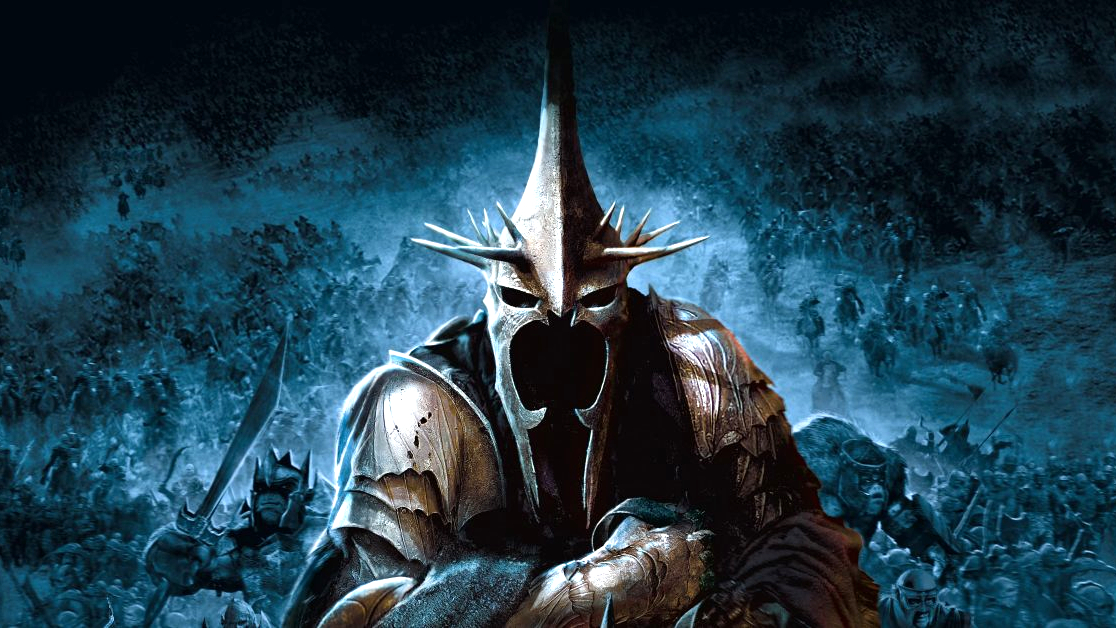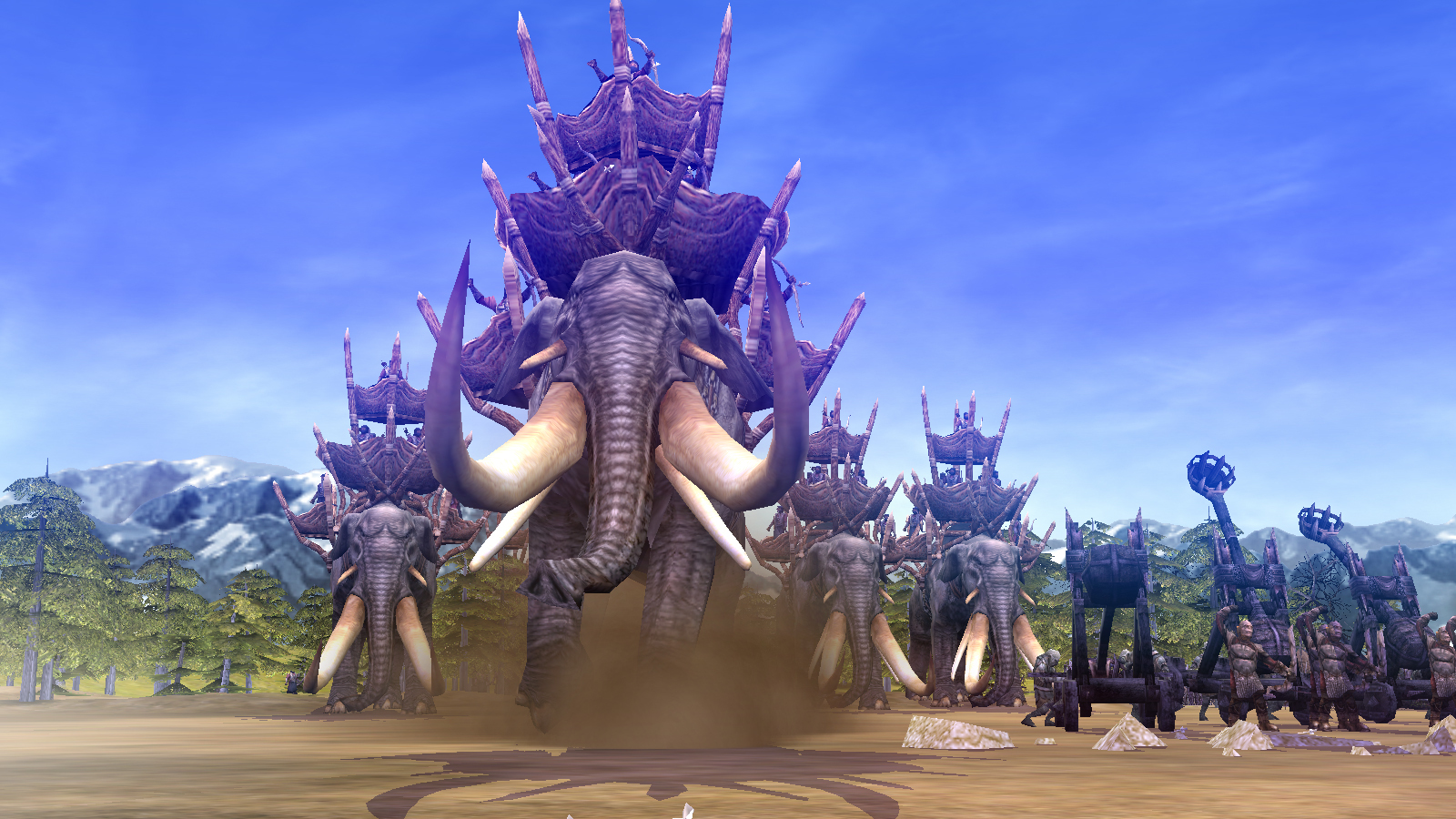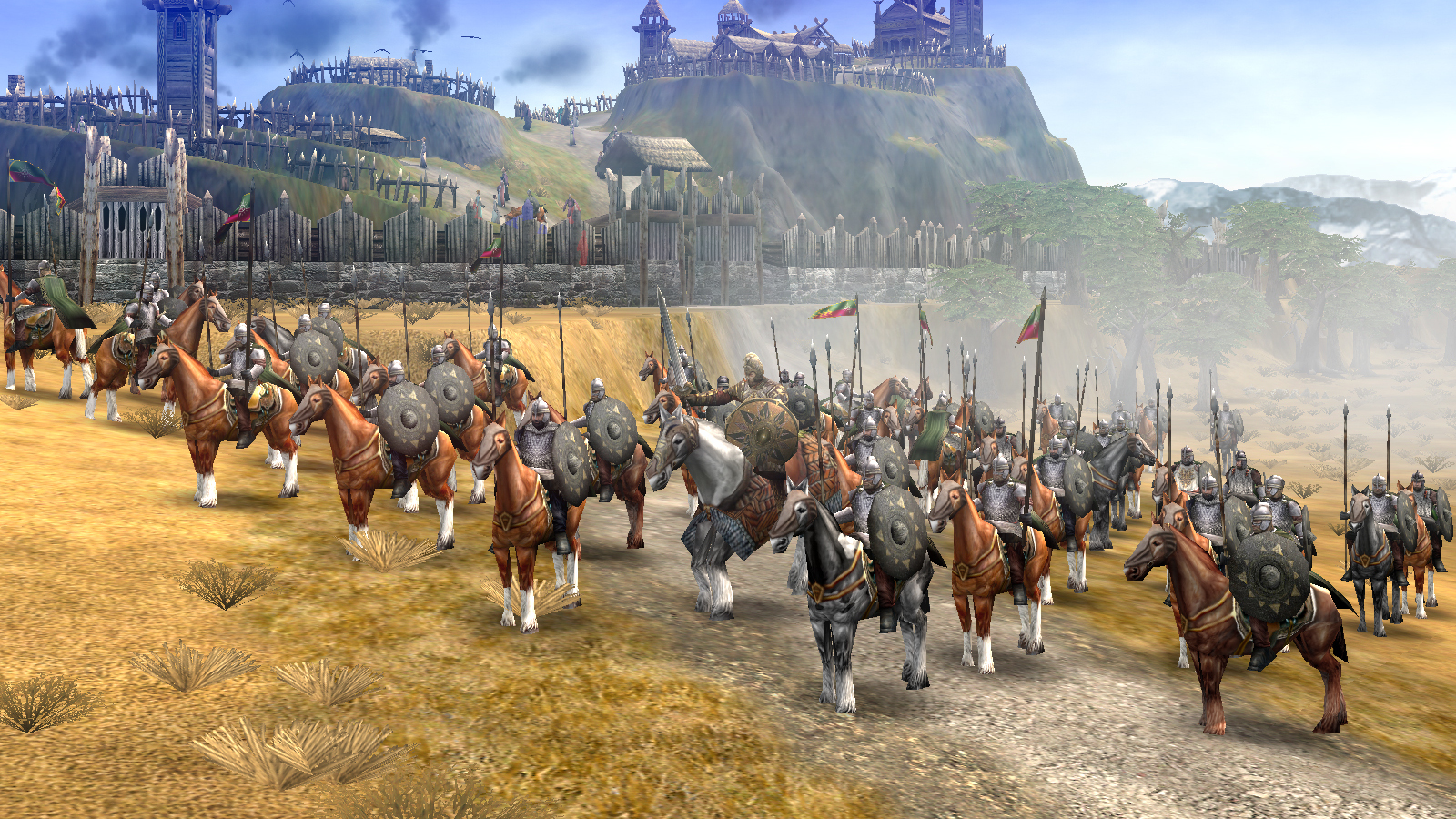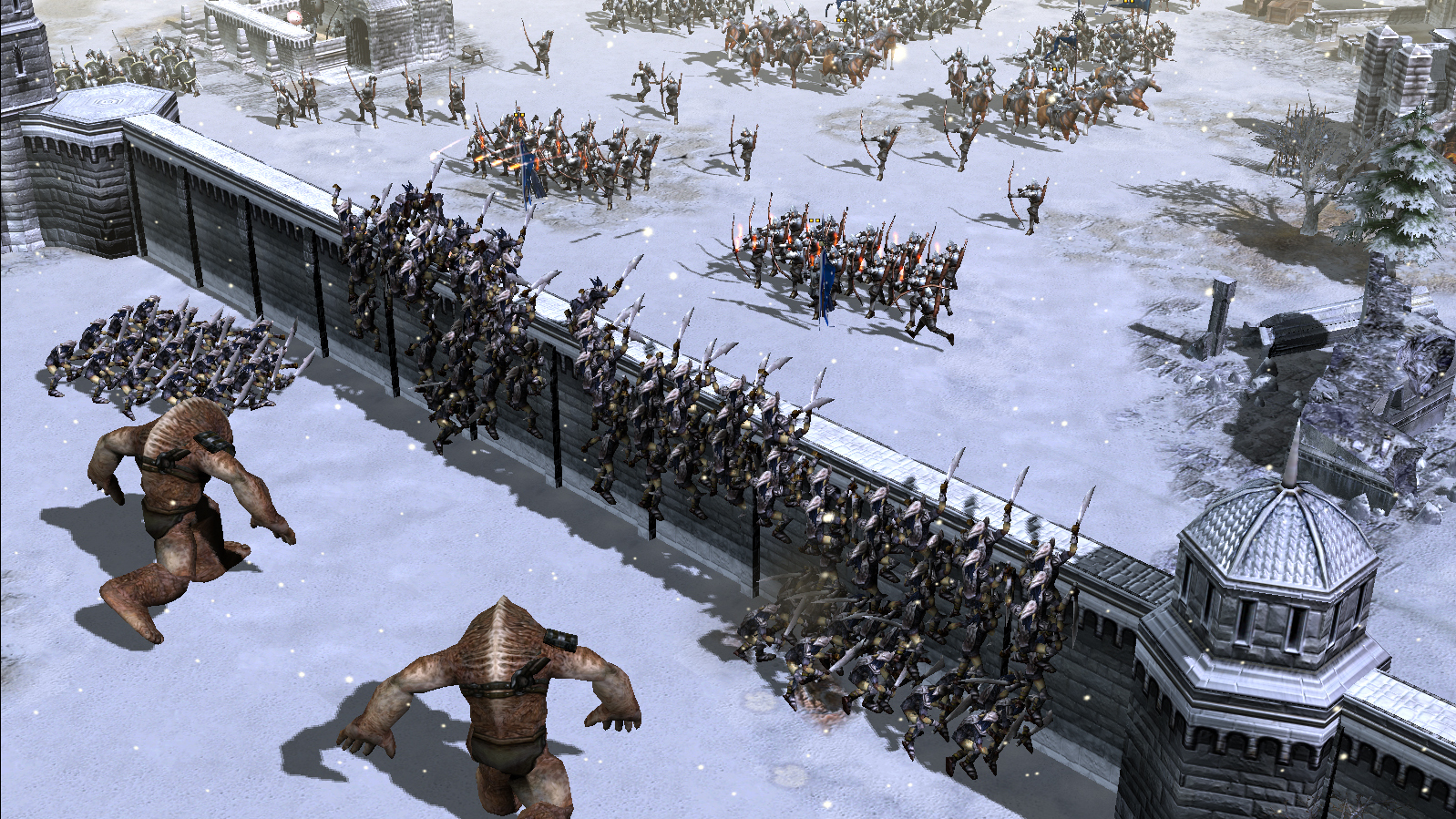The greatest Lord of the Rings strategy game still isn’t legally available
One does not simply download Battle for Middle-earth

I’ve got a hankering for The Lord of the Rings but can’t seem to satisfy it. Ever since the Rings of Power made words like Númenor, Harfoots, and Morgoth part of my everyday vernacular, I’ve been hunting for a video game to supply the same cinematic Tolkien action. I had one specifically in mind: EA’s excellent 2004 real-time strategy game Battle for Middle-earth.
I originally had the game on disc, but that’s been gathering dust somewhere in my parents’ house for the past several years. Even if I could find the box, my PC’s long since lost the optical drive needed to run it. “No problem,” I thought, “I’ll turn to Steam for my strategic Tolkien fix” – only to be shown a disappointingly blank search page. Valve’s storefront carries plenty of Lord of the Rings games, but Battle for Middle-earth isn’t among them.
“Why should it be?” I asked myself. “A game as ripe as this is much better placed on GOG.” My confidence was misplaced. It turned out that even a platform with a name as prematurely promising as Good Old Games didn’t stock the one venerable good game I was after. Neither, as it so happens, does any other storefront on the internet. Search as high or low as you like, you’ll find nary a pixelated oliphaunt to purchase from the retail battlefield.
Meat’s off the menu

Not that this is anything new. Battle for Middle-earth and its 2006 sequel have never been available to purchase digitally. Released after the advent of Steam but several years before the practice of downloading games took off, the series arrived precisely when Gandalf says a wizard shouldn’t – a little too early.
Other RTS games of that era have enjoyed better digital preservation. Warcraft 3 was available on Blizzard’s Battle.Net client for years (until eventually being replaced with the 2020 Reforged edition). The Age of Empires series has long been available on Steam in various levels of remastery, and a quick browse through GOG’s strategy section shows Empire Earth, Stronghold, The Settlers, and other big hitters of the mid-2000s up for sale today.
Warner Bros. looks set to leave the RTS floating around as abandonware
But Battle for Middle-earth is peculiar. While EA had acquired the licensing rights to develop games based on Peter Jackson’s Lord of the Rings film trilogy in 2001, the license reverted back to Warner Bros. eight years later. Since then, it’s been up to the big WB as to which, if any, of EA’s old Lord of the Rings games are brought to more accessible storefronts. EA’s recently shown some interest in rereleasing the beloved strategy games of its back catalog – launching the Command & Conquer Remastered Collection in 2020 – but Warner Bros. looks set to leave its Lord of the Rings RTS floating around as abandonware.
“Sorry to say but as far as I am aware there are no plans to bring back The Battle for Middle-earth titles,” an EA community manager said to one hopeful fan on the publisher’s forums in 2018. “EA no longer has the license to these titles, so it is not possible to just put them out.”
Sign up for breaking news, reviews, opinion, top tech deals, and more.
Cinematic scale

What a shame. The epic-tier strategy of Battle for Middle-earth hadn’t been seen in any Lord of the Rings game before and certainly hasn’t been replicated since. With four factions to choose from – Rohan, Gondor, Isengard, and Mordor – each kitted out with distinct battalions of infantry, cavalry, ranged and hero units, this is an RTS that brilliantly recreates the cinematic bombast of the beloved film trilogy.
All the usual RTS tropes of the time are there. You’ll build a small settlement to generate resources, construct military buildings to recruit offensive units, and grab outposts as you inch towards the enemy on the opposite side of the map. Each unit can be upgraded with stat-boosting buffs, and bonus objectives completed for additional advantages. Eventually, you’ll have to muster a strong enough offensive to deliver the killing blow, decimating your opponent and burning their encampment to the ground.
Hints of Age of Mythology shine through in its character-focused campaigns. Split between the Free Peoples and the Forces of Darkness, they follow the plot of the novels before carving an alternate history of Middle-earth, as you conquer the lands of Men with orcs and Uruk-Hai after besting Theoden at the Battle of Helm’s Deep.
Hints of Age of Mythology shine through in its character-focused campaigns
Gandalf, Frodo, Aragorn, and the rest of the Fellowship appear as powerful hero units, alongside their dark counterparts – Saruman, the Balrog, Lurtz, and more. Each feels mighty, but also lets the game drift outside traditional RTS territory. Its first level plays more like a real-time tactics game as you lead the Fellowship through the Mines of Moria, coordinating each character’s special abilities to defeat goblins, trolls and eventually the mine’s resident Balrog.
The sequel only took things further, introducing dwarves, elves, and goblins as playable factions, as well as chaotically massive eight-player multiplayer skirmishes. It hit a scale of warfare that might appear a little clumsy and narrow in comparison to the Total War: Warhammer 3s of the world today, but which seemed befitting of its source material at the time.
A light in dark places

You don’t have to look too hard online to find less-than-legitimate ways of downloading Battle for Middle-earth. But abandonware never lasts. A game’s legacy is all but set when it leaves the shiny search results of official storefronts. How are new players who didn’t pick up the game at release to discover its existence? Trawl the depths of Reddit; read stories bemoaning its online unavailability? Not likely. The game will inevitably shuffle out of the vision of strategy enthusiasts, as they become oblivious to its existence and blind to what they’re missing.
Somewhat amazingly, this isn’t the only Lord of the Rings strategy game that’s been left behind. War of the Ring, a 2003 Warcraft-style RTS that never quite found the same level of success, is similarly unavailable to legally purchase. But Battle for Middle-earth’s desertion hits hardest. EA’s beloved RTS truly is the greatest strategy game based on Tolkien’s work. Few video games have been able to match its sense of fantastical scale. Hopefully fewer still end up excluded from gaming’s biggest platforms.

Callum is TechRadar Gaming’s News Writer. You’ll find him whipping up stories about all the latest happenings in the gaming world, as well as penning the odd feature and review. Before coming to TechRadar, he wrote freelance for various sites, including Clash, The Telegraph, and Gamesindustry.biz, and worked as a Staff Writer at Wargamer. Strategy games and RPGs are his bread and butter, but he’ll eat anything that spins a captivating narrative. He also loves tabletop games, and will happily chew your ear off about TTRPGs and board games.